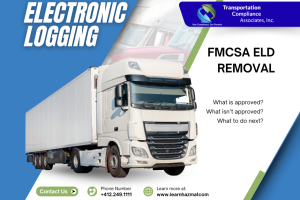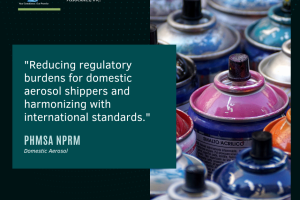Proper Package Selection for a Hazmat Shipment

When it comes to packaging of hazardous materials, meeting packaging requirements is critical. Hazmat packaging companies must abide by these regulations and requirements in order to ensure the safety of their employees, as well as safety of others. This article will explain packaging procedures in regards to hazmat safety regulations. It will also define the process of packaging dangerous materials (or hazardous material) for different modes of transportation.
HAZARDOUS MATERIAL PACKAGING
Packaging and the containers that are used to transport hazardous materials are regulated by the U.S by the Department of Transport. Compliance with DOT’s packaging regulations is a sure way of ensuring safety in hazmat packaging.
The procedures for packaging vary according to the different hazardous materials classes. The classification of the material that is to be shipped is important as it dictates how the material must be packaged, marked, labeled, shipped, and handled.
It is important for those who handle the packaging of hazardous materials to understand the difference between the three hazardous materials packing groups. The three packaging groups are marked by I, II, and III. Packing group I indicates a great degree of danger, packing group II indicates a medium level of danger, and packing group III indicates a minor degree of danger. It is crucial the employee in charge of packaging clearly understand the packing group associated with the hazardous material.
Package markings should also contain a three part code indicating the type of packaging and the labels should be durable for both liquid and solid hazmat.
HAZMAT TRANSPORTATION
When transporting dangerous goods it is important to ensure accuracy of ocean shipments, air shipments as well as ground shipments. A hazmat shipping company must provide quality training to their employees who handle, package, and transport any hazardous materials. The Hazardous Materials Regulations (HMR) outlines the requirements for handling and transportation of hazardous materials. It requires that hazmat employees and employers be initially trained and periodically retrained at least every three years for ground and water shipping and every two years for air shipping. This ensures that all individuals dealing in the transportation of hazardous materials are well equipped with the required knowledge of handling hazmat.
The HMR, which is enforced by the DOT, ensures protective packaging of hazardous materials during transportation. Protective packaging as mentioned earlier is the first line of defense in ensuring that the material is not released during transportation. An inadequately packaged hazardous material is unacceptable for transportation and can cause damage or injury.
HAZMAT COMPLIANCE
Compliance with regulatory bodies such as the U.S Department of Transport (DOT), International Air Transport Association (IATA) and the International Maritime Organization of Dangerous Goods (IMDG) is critical in the hazmat transportation industry. Compliance to these regulatory bodies guarantees safety of everyone in the industry. In order to remain compliant with these regulatory bodies, both you and your staff must remain up to date on your trainings and certifications.
If your company handles the packaging or transportation of hazardous materials, contact the industry experts at Transportation Compliance Associates. Let them take the worry out of hazmat compliance by scheduling your training today!





